

- RFQ
- BOM
-
Contact Us
Tel: +86-0755-83501315
Email: sales@sic-components.com
- Chinese
- English
- French
- German
- Portuguese
- Spanish
- Russian
- Japanese
- Korean
- Arabic
- Irish
- Greek
- Turkish
- Italian
- Danish
- Romanian
- Indonesian
- Czech
- Afrikaans
- Swedish
- Polish
- Basque
- Catalan
- Esperanto
- Hindi
- Lao
- Albanian
- Amharic
- Armenian
- Azerbaijani
- Belarusian
- Bengali
- Bosnian
- Bulgarian
- Cebuano
- Chichewa
- Corsican
- Croatian
- Dutch
- Estonian
- Filipino
- Finnish
- Frisian
- Galician
- Georgian
- Gujarati
- Haitian
- Hausa
- Hawaiian
- Hebrew
- Hmong
- Hungarian
- Icelandic
- Igbo
- Javanese
- Kannada
- Kazakh
- Khmer
- Kurdish
- Kyrgyz
- Latin
- Latvian
- Lithuanian
- Luxembou..
- Macedonian
- Malagasy
- Malay
- Malayalam
- Maltese
- Maori
- Marathi
- Mongolian
- Burmese
- Nepali
- Norwegian
- Pashto
- Persian
- Punjabi
- Serbian
- Sesotho
- Sinhala
- Slovak
- Slovenian
- Somali
- Samoan
- Scots Gaelic
- Shona
- Sindhi
- Sundanese
- Swahili
- Tajik
- Tamil
- Telugu
- Thai
- Ukrainian
- Urdu
- Uzbek
- Vietnamese
- Welsh
- Xhosa
- Yiddish
- Yoruba
- Zulu
- Kinyarwanda
- Tatar
- Oriya
- Turkmen
- Uyghur
- Tag List
- 2.5D Integrated Circuits: The Fundamental Architectural Innovation for the Computing Power Revolution in Data Centers
2.5D Integrated Circuits: The Fundamental Architectural Innovation for the Computing Power Revolution in Data Centers
I. Computing Power Dilemmas in Data Centers and the Breakthrough Path of 2.5D ICs
Driven by AI training and large-scale data processing, modern data centers face three core challenges: a surge in computing density (single-server power consumption exceeding 5kW), memory wall bottlenecks (memory access latency accounting for 70% of computing time), and pressure to improve energy efficiency (Power Usage Effectiveness (PUE) needs to drop from 1.5 to below 1.1). Traditional 2D packaging (single-die integration) struggles to meet demands due to long interconnection distances (millimeter-scale) and high power consumption (30% of energy used for signal transmission); 3D stacking (e.g., vertical integration of High Bandwidth Memory (HBM)) shortens links but has excessively high thermal density (200W/cm²), requiring liquid cooling support. 2.5D integrated circuits, with their architecture of horizontal heterogeneous integration + short-distance interconnection, have become the key path for data centers to shift from "performance stacking" to "energy efficiency collaboration."
II. Technical Architecture of 2.5D ICs: Interposers Restructuring Collaboration Among Computing Units
The core of 2.5D ICs is the silicon interposer—an ultra-thin silicon substrate (thickness < 100μm) covered with microbumps (pitch < 50μm) and Through-Silicon Vias (TSVs), which can horizontally splice heterogeneous Chiplets (such as CPUs, GPUs, HBM, and FPGAs) to form "computing building blocks." Compared with traditional PCB interconnections, its advantages are reflected in:
Interconnection efficiency: Signal transmission distance is reduced from centimeter-scale to micrometer-scale, reducing latency by 80% (e.g., NVIDIA H100, through CoWoS packaging, reduces the communication latency between GPU and HBM3 from 100ns to 15ns);
Heterogeneous integration: Supports co-packaging of 5nm logic chips (e.g., AMD EPYC CPUs) and 28nm I/O chips (e.g., PCIe switches), improving yield by 25% (avoiding the risk of full advanced-process tape-out);
Thermal optimization: Chiplets are arranged side by side rather than vertically stacked, reducing thermal density by 40%, and the top heat sink can dissipate over 97% of heat (simulations show junction temperature fluctuations < 2℃).
Typical architecture case: TSMC's CoWoS-S technology integrates AI chips with 6-layer HBM3 on a silicon interposer, achieving 3.35TB/s bandwidth and 22% lower power consumption than 2D solutions, supporting large-scale deployment of NVIDIA A100/A800 in data centers.
III. Core Value of 2.5D ICs: The "Energy Efficiency Multiplier" of Data Centers
1. Breaking the Memory Wall: Close Collaboration Between HBM and Computing Chiplets
Memory access energy consumption accounts for over 40% of data centers. 2.5D ICs restructure storage architectures through high-speed interconnections between Chiplets. For example, AMD Instinct MI300 co-packages CPUs, GPUs, and HBM3 on an interposer, achieving a memory bandwidth of 5.2TB/s—40 times higher than PCIe 5.0 (128GB/s)—and increasing AI training speed by 30%. Microchip's Gen 5 PCIe switches (e.g., META-DX2C) further optimize internal interconnections in data centers, supporting 800G AEC cables and improving fiber bandwidth utilization by 50% with Lambda Splitting technology.
2. Computing Power Modularization: Plug-and-Play Ecosystem of Chiplets
2.5D ICs have spawned a "Chiplet economy": designers can combine dedicated Chiplets (e.g., AI acceleration Chiplets, security encryption Chiplets) on demand without redesigning the entire SoC. For example, Xilinx (now AMD)'s Versal AI Core integrates 7nm computing Chiplets and 22nm I/O Chiplets through an interposer, shortening the development cycle by 50%. Data center operators can iterate systems by replacing a single Chiplet (e.g., upgrading to HBM4) at a cost of only 1/3 of replacing the entire chip.
3. Power Efficiency Optimization: Collaborative Design of High-Density PMICs
For every 1% improvement in power efficiency of data center servers, annual electricity consumption is reduced by 120 million kWh. 2.5D packaging allows power management ICs (e.g., Microchip MCP16701) to be placed close to computing Chiplets; 8-channel parallel buck converters reduce power supply latency to 1μs, and 配合 I2C dynamic voltage regulation (12.5mV step), energy efficiency ratio is improved by 9%. Experiments show that AI servers using 2.5D power solutions reduce full-load power consumption from 4.8kW to 4.3kW.
IV. Engineering Challenges and Evolution Directions of 2.5D ICs
1. Testing and Yield: Core Thresholds for Mass Production
Silicon interposers contain millions of microbumps; any short circuit/open circuit will cause the entire package to fail. The industry uses pre-bonding testing (e.g., BIST architecture in IEEE 1149.1 standard) to detect TSV defects in interposers before Chiplet mounting, increasing yield from the initial 60% to 92% (TSMC 2024 data). In addition, hybrid bonding technology (e.g., Intel Foveros Direct) reduces bump pitch to 3μm, requiring sub-micron testing accuracy and driving the popularization of X-ray 3D inspection equipment.
2. Heat Dissipation and Materials: Coping with Rising Power Density
Although 2.5D thermal density is lower than 3D, AI chip power consumption has reached 700W (e.g., H100), and the thermal conductivity bottleneck of traditional silicon interposers has become apparent. The industry is exploring glass interposers (Coefficient of Thermal Expansion (CTE) = 3ppm/℃, close to silicon); although their thermal conductivity is low (1.1W/m·K), embedding copper pillars (thermal conductivity 400W/m·K) can improve heat dissipation efficiency by 18% (Intel 2025 test data). Meanwhile, liquid cooling plates directly contact the package top surface to control junction temperature below 85℃, meeting the 24/7 operation requirements of data centers.
3. Standardization and Ecosystem: From Technology to Industry
The UCIe 1.1 standard unifies Chiplet interfaces; AMD, NVIDIA, and other companies have opened Chiplet libraries to promote "LEGO-style design." Domestic Changdian Technology's XDFOI 2.5D technology has mass-produced 4nm Chiplets, and Tongfu Microelectronics has achieved 7nm packaging, but high-end hybrid bonding equipment still relies on imports. With the commissioning of domestic interposer production lines (e.g., SMIC Tianjin factory), the cost of domestic 2.5D packaging is expected to drop by 35% in 2025, accelerating domestic substitution in data centers.
V. 2.5D IC Application Cases in Data Center Scenarios
Application Scenarios 2.5D IC Solutions Performance Improvement
AI training clusters NVIDIA H100 (CoWoS packaging + HBM3) Computing density of 2.7 petaFLOPS/L
Supercomputing storage nodes AMD MI300 (co-packaged CPU+GPU+HBM) 42% reduction in storage access energy consumption
Edge data centers Microchip LAN9646+dsPIC33A (power + control) 60% reduction in 10GbE switch volume
High-density servers Intel EMIB technology (CPU+IO Chiplets) 45% reduction in motherboard area
VI. Future Trends: From 2.5D to "Multi-Dimensional Integration"
Mainstream adoption of Chiplet architecture: Yole predicts that 80% of high-end chips in data centers will adopt Chiplet designs by 2027, supporting flexible expansion and customization;
Heterogeneous material integration: Co-packaging of silicon, silicon carbide (SiC), and photonic chips to achieve optoelectronic integration (e.g., for data center optical interconnections);
Self-healing intelligent packaging: Integrating sensors and microcontrollers to monitor interconnection health in real time, with fault self-healing response time < 100μs.
Conclusion
2.5D integrated circuits, through interposer-based heterogeneous integration, achieve an optimal balance among computing power, power consumption, and cost. From NVIDIA's AI acceleration to Microchip's power optimization, from silicon interposers to glass substrates, this technology is reshaping the "underlying framework" of data centers. As the Chiplet ecosystem matures and testing technologies break through, 2.5D ICs will become the core engine for data centers to transition from "usable" to "efficient" in the next decade.

Hot Products
View MoreRelated Blogs

2000+
Daily average RFQ Volume

30,000,000
Standard Product Unit

2800+
Worldwide Manufacturers

15,000 m2
In-stock Warehouse



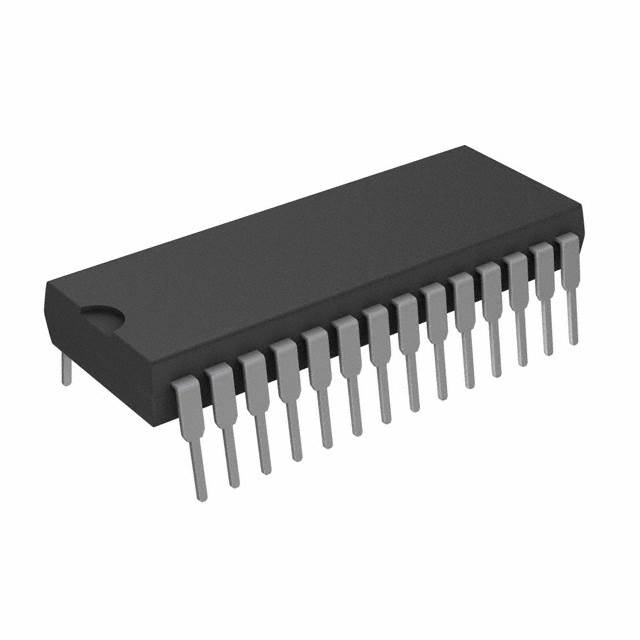
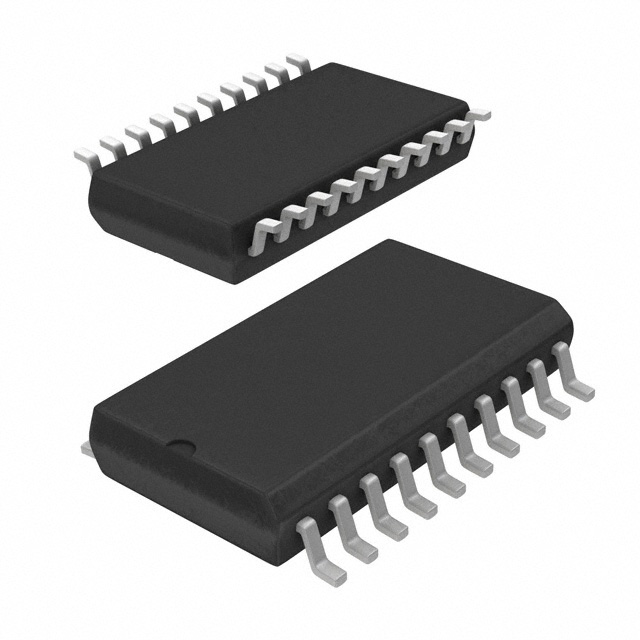
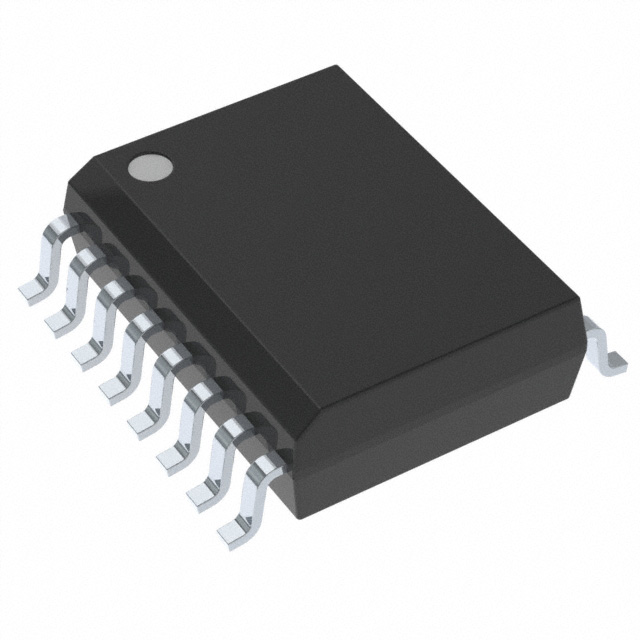
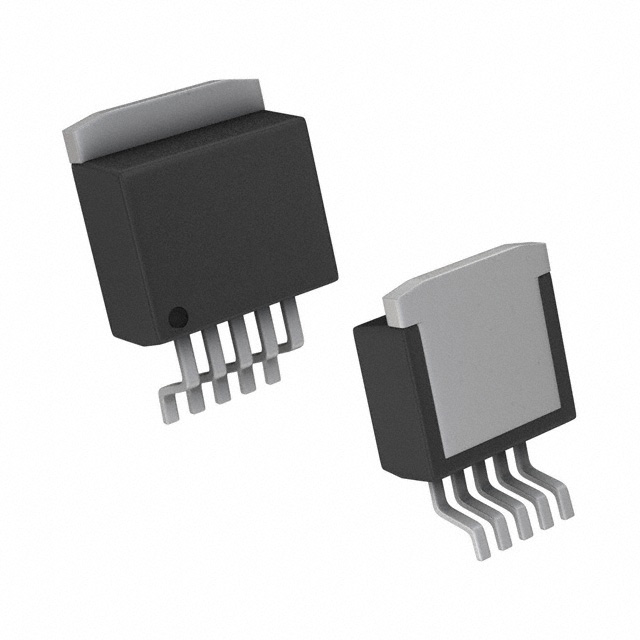
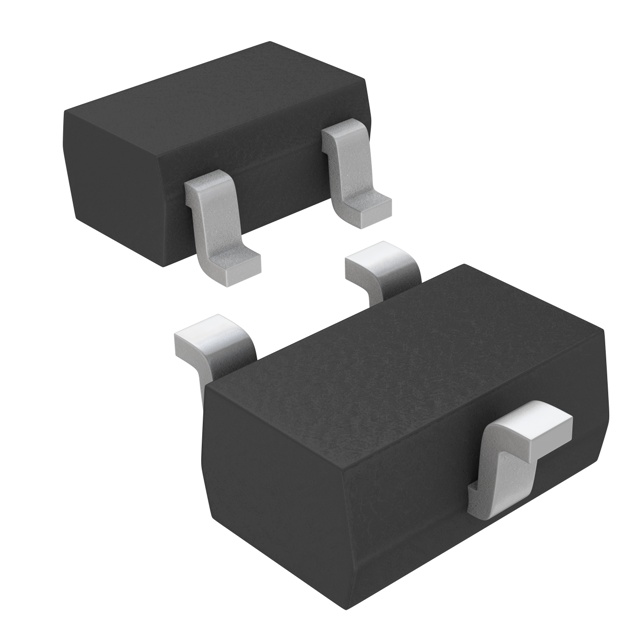
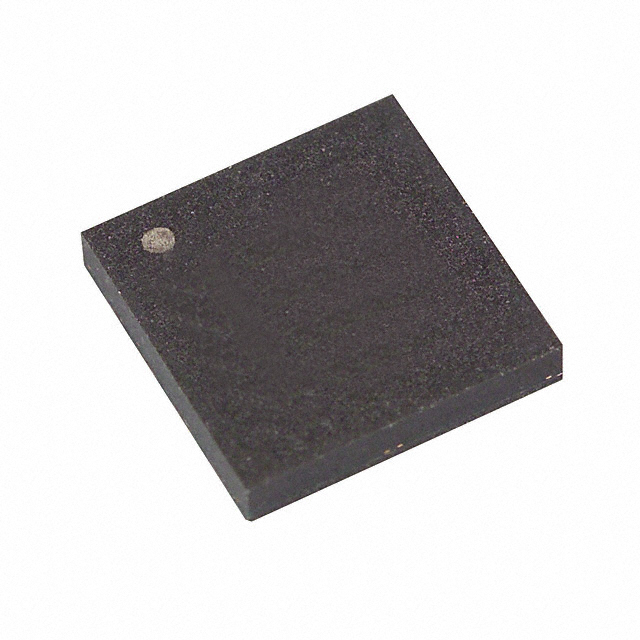

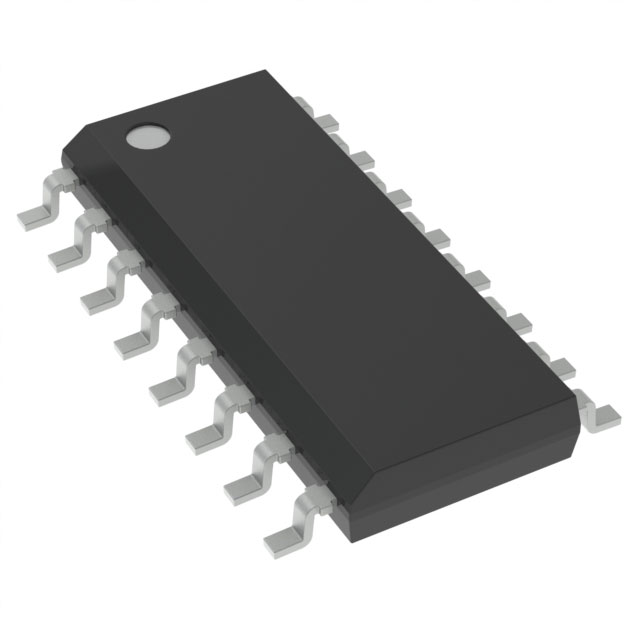
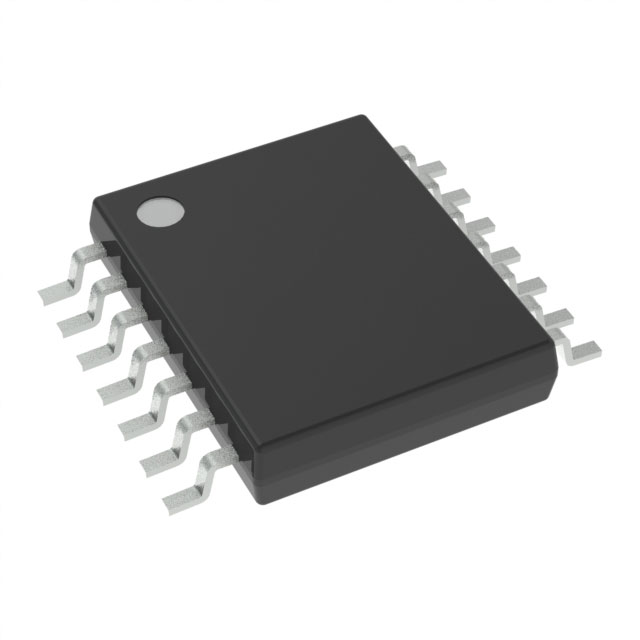
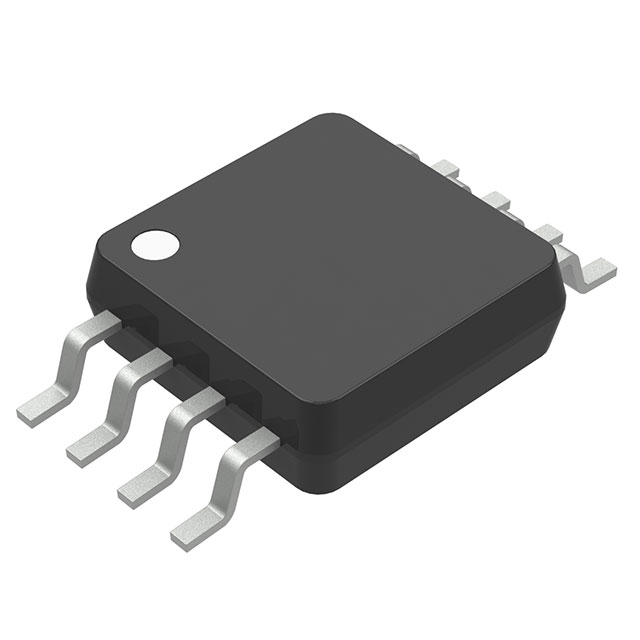

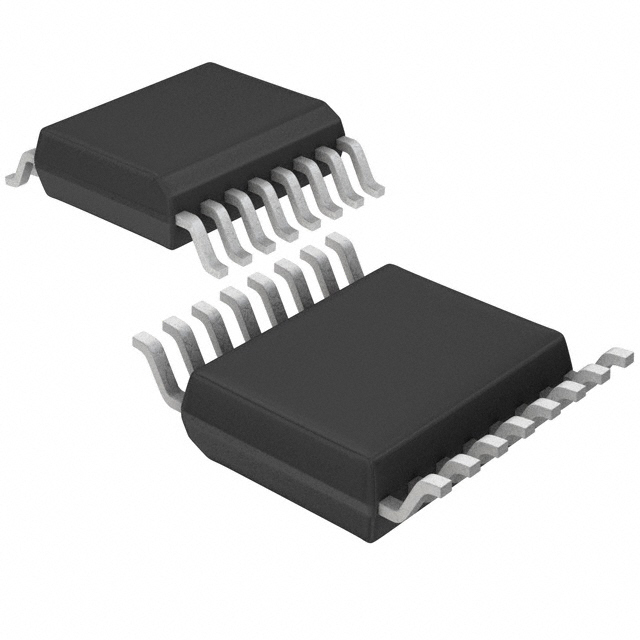
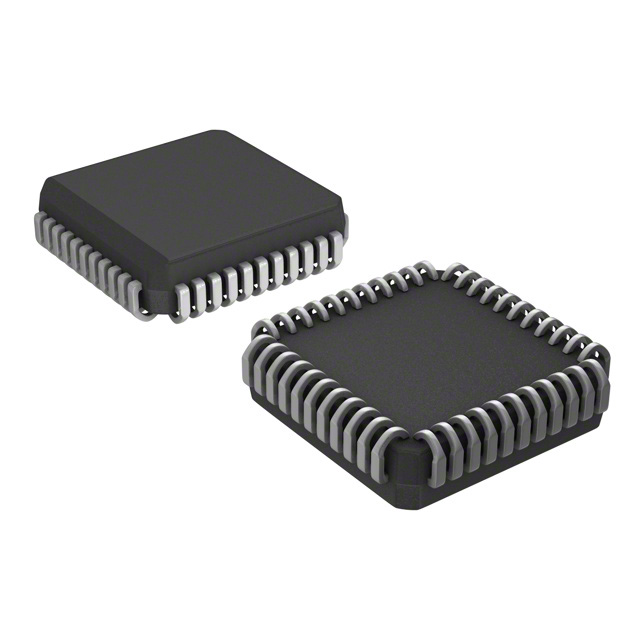

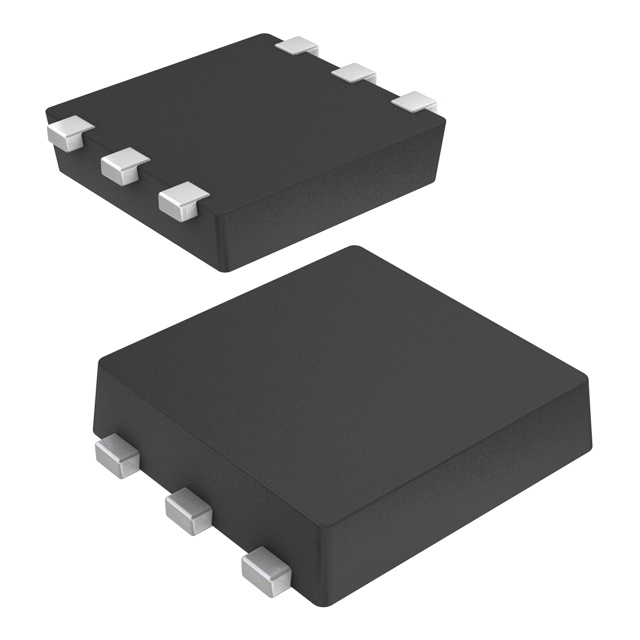
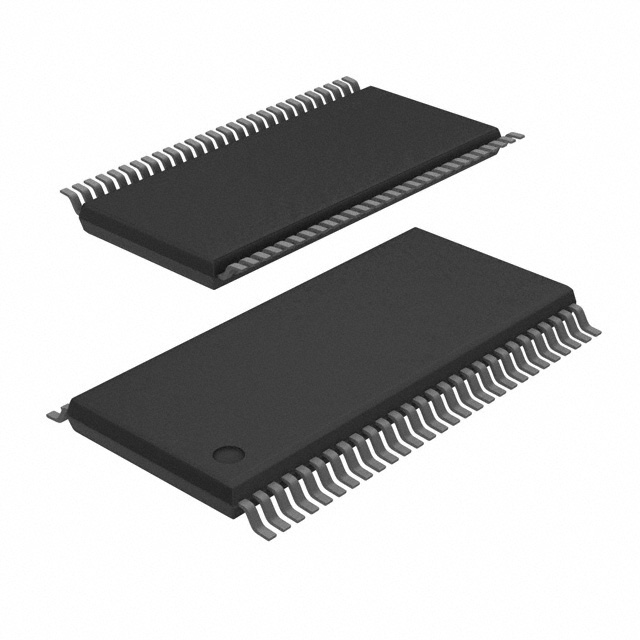
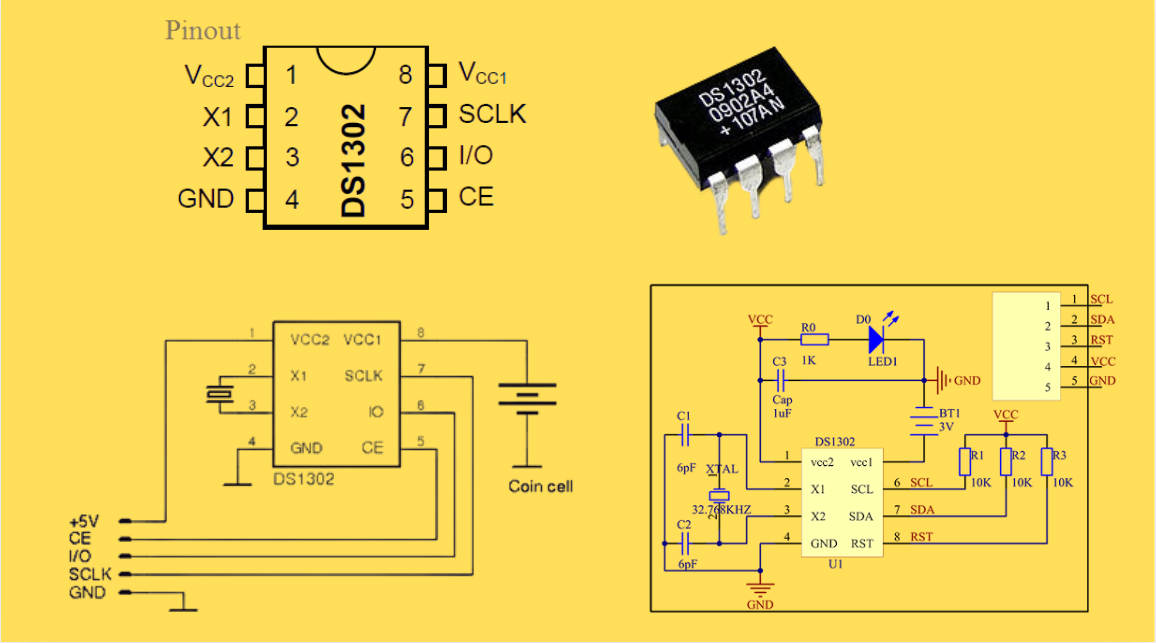

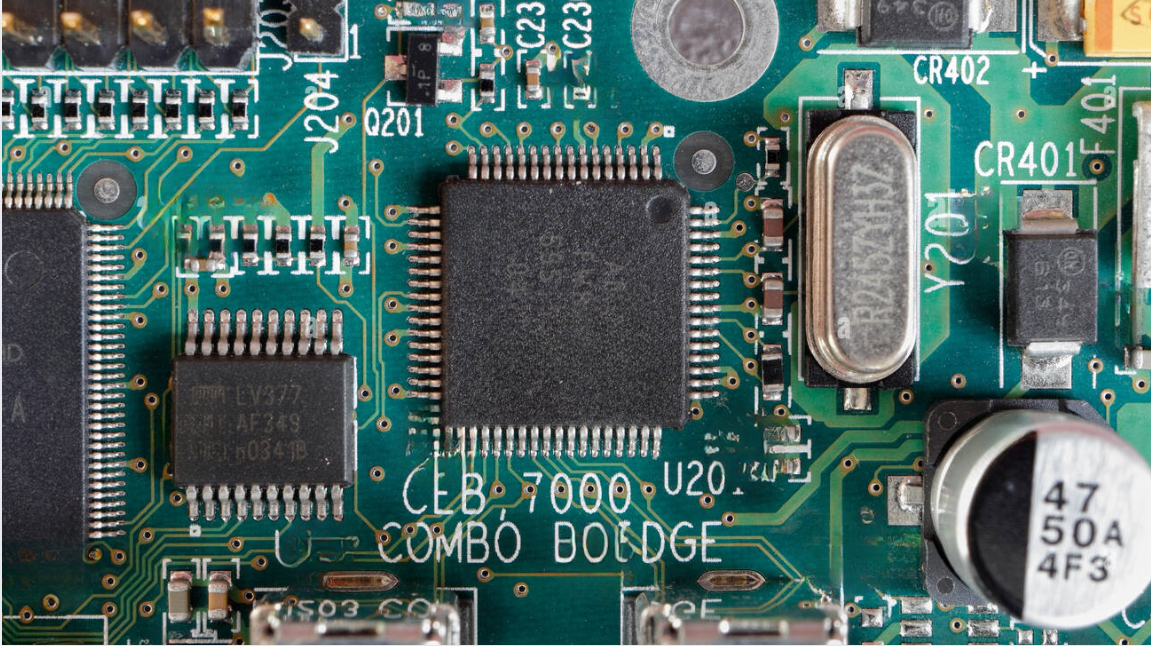
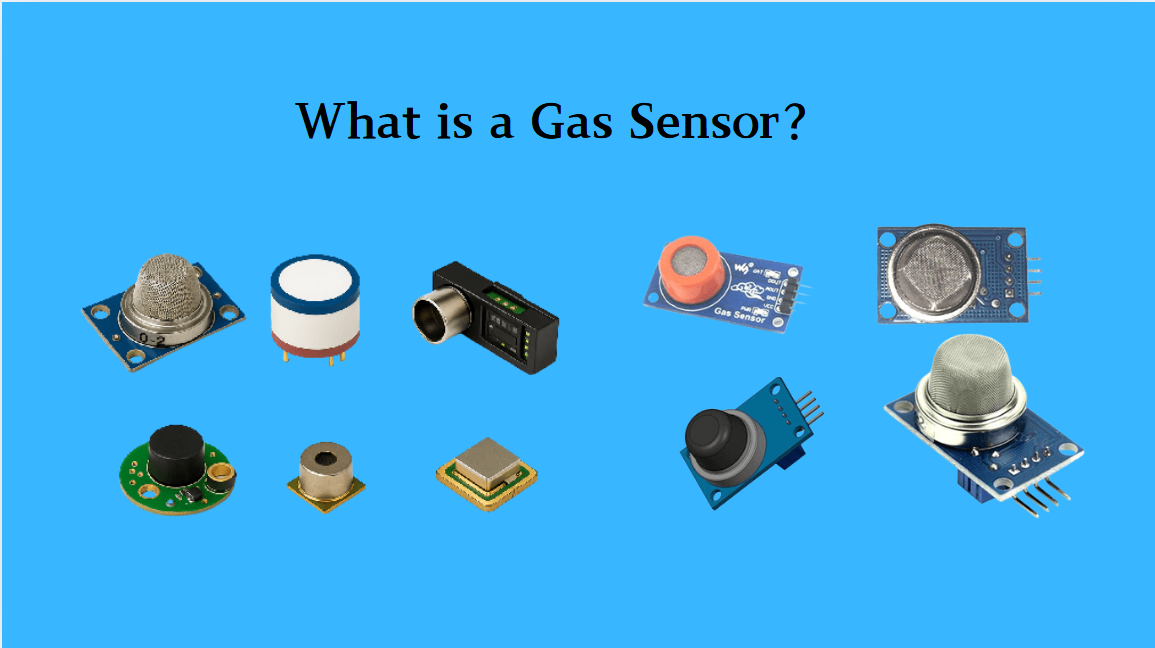

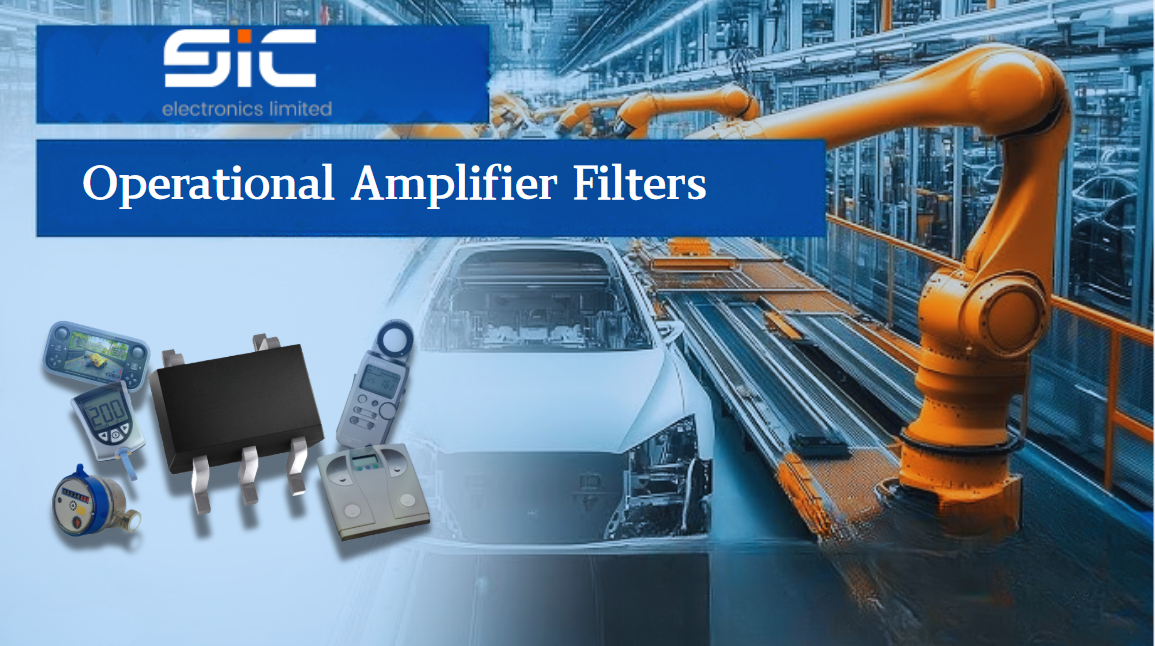
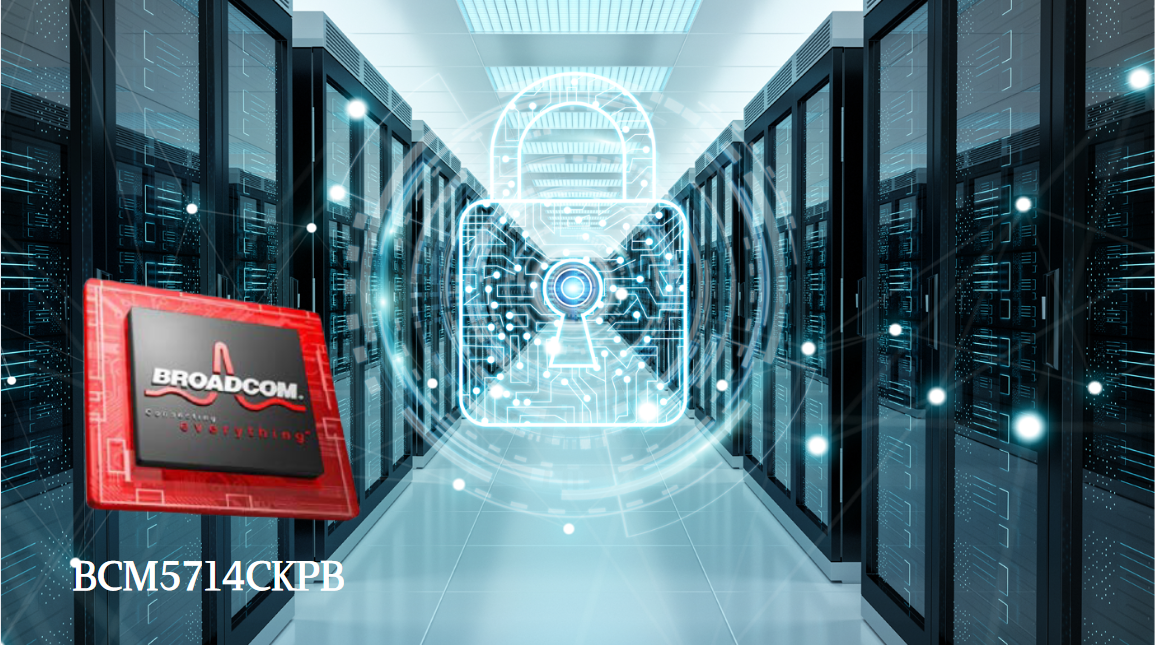
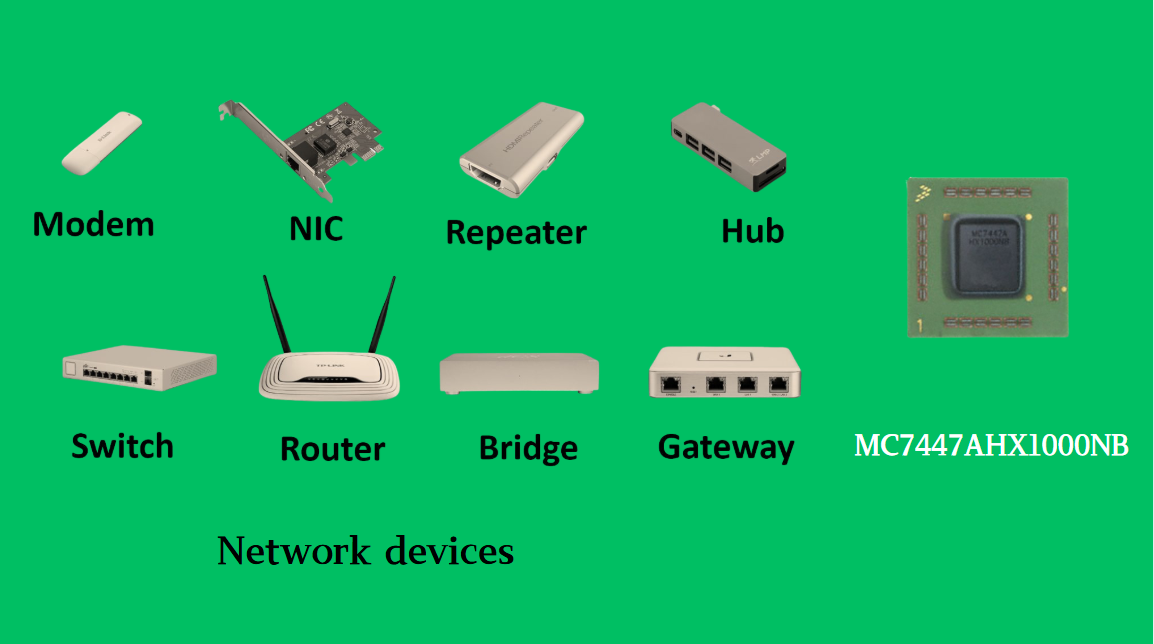
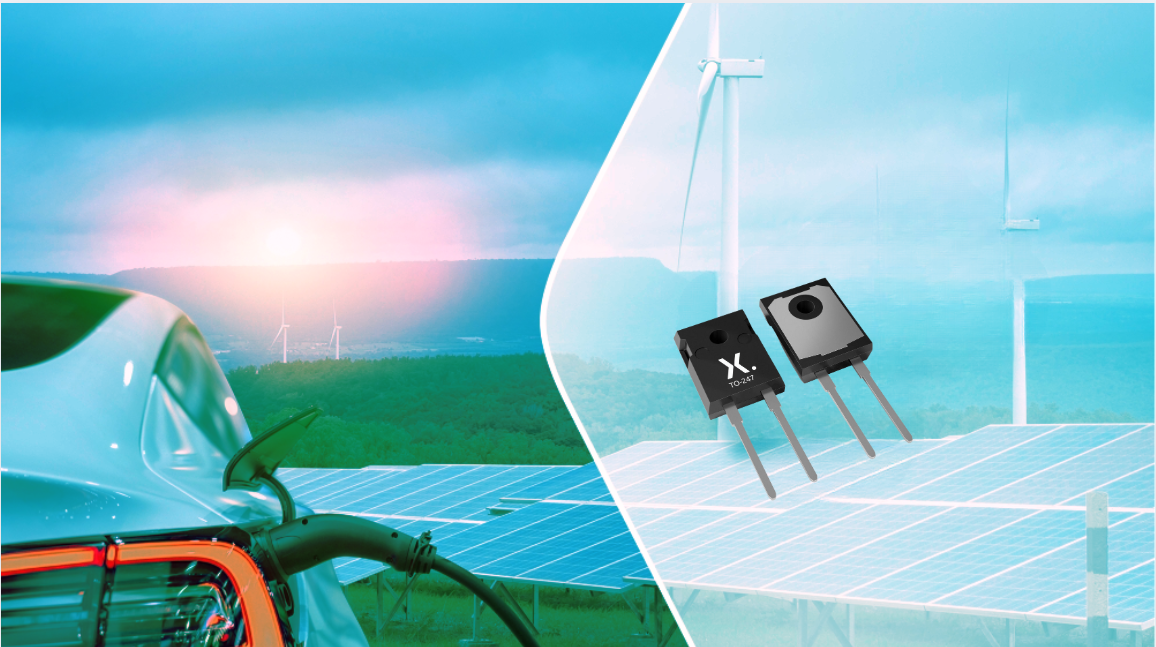
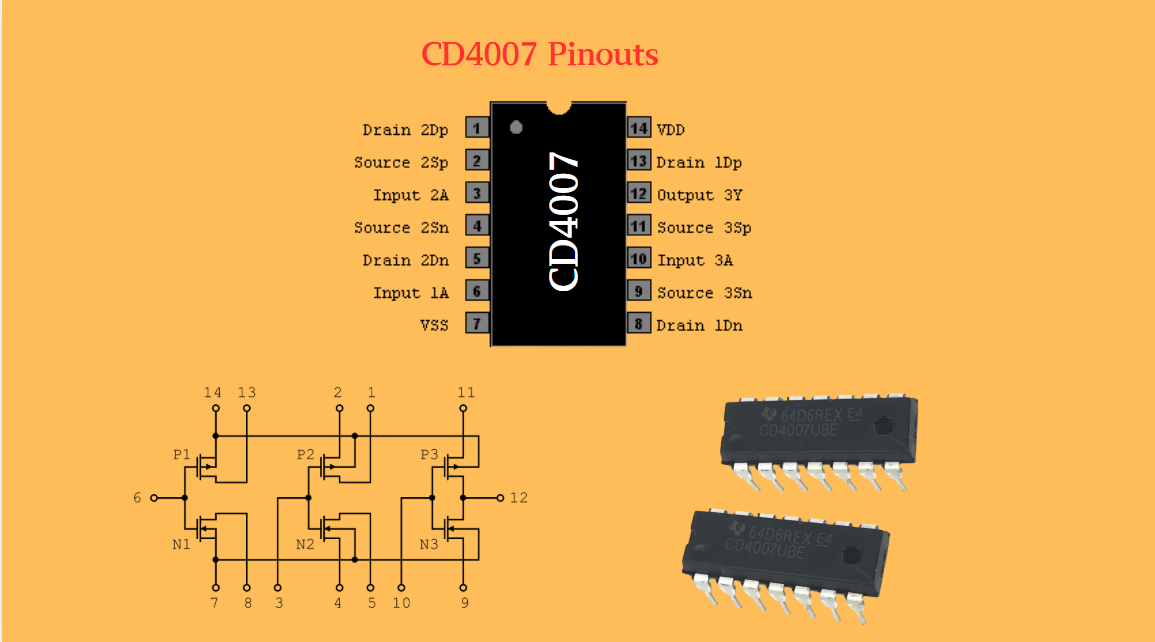
 Wishlist (0 Items)
Wishlist (0 Items)